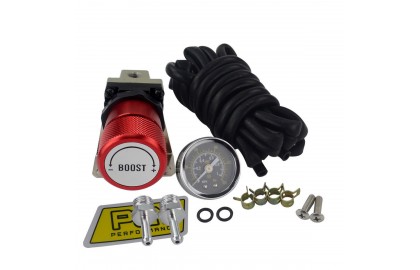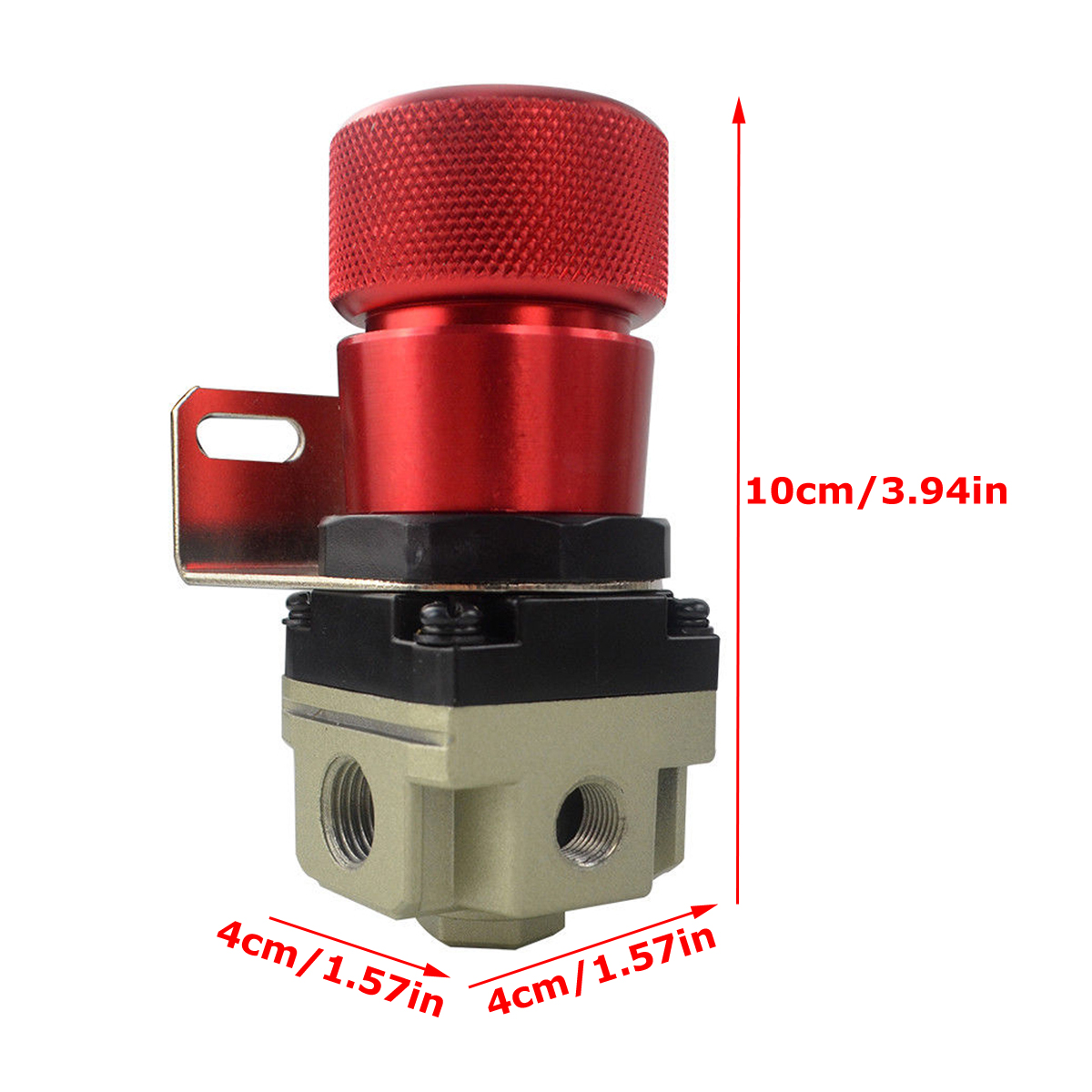Universal Car Adjustable Manual Gauge Turbo Boost Controller Part2


Unstable or jittery idle speed is most likely caused by a vacuum leak fault.
There are many vacuum pipelines in turbo vehicles. For example, the installation of supercharger gauges, pressure relief valves, pressure controllers and other components will use three-way and four-way pipes. If the pipeline cracks or leaks from the joint, the idle speed will not be enough. Stability is inevitable. Similarly, if the turbo pipeline leaks, in addition to unstable idling, it will also cause the vacuum to fall, the target boost value cannot be reached when the full throttle accelerates, and the exhaust gas will emit black smoke, etc., so this is why many people will change to high temperature resistance. Silicone vacuum tube.
Second, the air flow meter is faulty. When many manufacturers design the air intake system, they put the air flow meter behind the air filter element. If the high-performance air intake filter element, mushroom head and other components are modified, the original air flow meter may be polluted and damaged by unclean dirt. The signal from the air flow meter to the ECU may be biased, which will affect the correct amount of fuel injection and cause the engine to become weak.
In addition, the intake pressure relief valve is usually a must-change item for performance car owners, and the sound of the bleed pressure relief valve is even more exciting, which usually marks the appearance of modified turbo cars. However, after some cars change the pressure relief valve to external leakage, there will be a problem that the idle speed will become lower, and the fuel will be turned off. This is because the valve of some intake pressure relief valve is relatively soft, and too much air is released when the oil is returned and pressure is released, resulting in a wrong signal being sent to the ECU. As a result, the air-fuel ratio is too rich and the flameout is caused. The pressure relief valve corresponding to the special model is the solution.
A leak in the intake line or a leak in the solenoid valve can cause this problem. Turbo cars often use the method of increasing the boost value to increase the horsepower output. If the intake pipe leaks, the boost value will not be able to increase. Especially, pay attention to the problem of air leakage at the inlet and outlet of the front intercooler. Pay more attention to whether the pipe clamps are locked and whether high temperature resistant silicone pipe joints are used. On the other hand, if the blow-off on the exhaust side is always stuck in the open position, there will also be a problem that the pressure cannot be effectively built up, which requires special attention.
If there is a problem of excessive boost pressure, it may be due to the leakage of the negative pressure pipeline of the solenoid valve, which makes it unstable, resulting in excessive boost pressure. If the line connecting the positive pressure is broken, the pressure will not increase. Usually, the electronic turbo pressure controller has filter elements at the inlet and outlet of the solenoid valve to prevent the valve from being blocked. If there is a malfunction, the engine will be easily damaged by the unstable boost pressure.
In addition, if the above-mentioned parts are all working well but the supercharging is abnormal, it is very likely that the turbocharger itself is the problem. If there is no pressurization at all, the diaphragm inside the turbine may be broken and damaged. Usually, before the turbine is about to hang up, there will be warning signs, including metal knocking sound and oil seepage in the intake pipe, which indicates that the bearing is loose, resulting in oil leakage, insufficient air tightness, and poor turbine balance. If it is not repaired in time, the engine oil will be consumed quickly, and the bearing bush will explode when the time comes, and the trouble will be big.
The turbocharger body has been subjected to the destruction of high temperature and high pressure after the engine is started. Although it has a sophisticated cooling and lubrication structure designed inside, it still requires healthy usage habits to prolong the life of the turbo engine. The most important habit here is to use the right oil. Since the temperature of the turbine shaft can reach more than 500 degrees, the oil flowing through the turbine is very important at this time. Poor quality oil not only cannot provide lubrication, but also carbonizes to produce sludge, which blocks the delicate oil passages and greatly reduces the life of the turbine.
